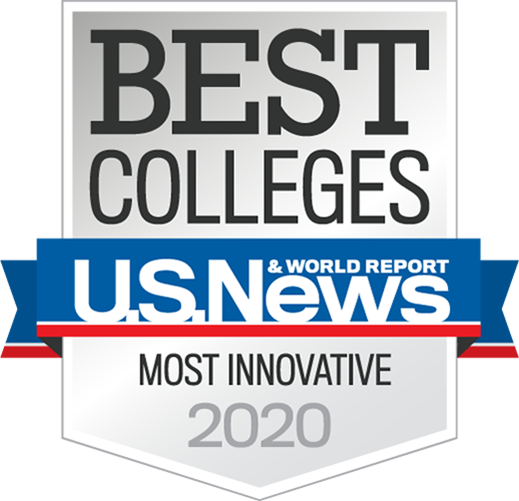Above: Project lead, Will, and Jack working on the flume component of the hydraulics lab
Past Projects: Kenyan Hydraulics
 The Bondo-Rarieda community is located in western Kenya, bound by Lake Victoria and the River Yala. This community has long suffered from extreme water shortages throughout the year; during the torrential storms of the rainy season, the community members do not possess the technology to harvest water for the long dry season. Young girls and women have to wake up at dawn to walk over 10 miles every day to collect water for their household, which typically consists of upwards of seven individuals. This trek exposes these young girls and women to crime, encourages school dropouts, and increases contact with the disease. At the same time, the water itself is often polluted, originating from filthy rivers or surface dams shared by both humans and animals. Recent statistics estimate 10 people die daily as a result of contaminated water consumption in Kenya.
The Bondo-Rarieda community is located in western Kenya, bound by Lake Victoria and the River Yala. This community has long suffered from extreme water shortages throughout the year; during the torrential storms of the rainy season, the community members do not possess the technology to harvest water for the long dry season. Young girls and women have to wake up at dawn to walk over 10 miles every day to collect water for their household, which typically consists of upwards of seven individuals. This trek exposes these young girls and women to crime, encourages school dropouts, and increases contact with the disease. At the same time, the water itself is often polluted, originating from filthy rivers or surface dams shared by both humans and animals. Recent statistics estimate 10 people die daily as a result of contaminated water consumption in Kenya.
In July of 2012, EWB-ASU and community members implemented a rainwater catchment facility that catches and stores approximately 76,000L of water from rooftop gutters at the local teacher’s college, which is considered a central hub of the community. Although the majority of the design utilized familiar technology to the community, we helped teach new, reliable, and sustainable construction methods, including concrete mixing and roof design.
In July of 2013, EWB-ASU and community members installed a reinforced concrete spillway onto a pre-existing surface dam that had breached due to erosional head cuts. EWB-ASU anticipates that the dam will hold 2.6 million liters of water for the community throughout the year once full.
 In 2014, the Kenya trip was devoted to the education of the Bondo-Rarieda community through a hydraulics lab. A hydraulics lab is a tool used to see and understand the flow of water. The lab we plan to build consists of two main components. The first is a piping network that has multiple different-diameter pipes along with different types of connections. This piping network will allow students to see the effects of pipe size and material on water flow. The other component is a flume which is used to showcase a hydraulic jump with is essentially a jump from a low to high-velocity water flow. Together both these components will provide the Kenyan local university with a way to put their technical knowledge to the test and gain practical knowledge.
In 2014, the Kenya trip was devoted to the education of the Bondo-Rarieda community through a hydraulics lab. A hydraulics lab is a tool used to see and understand the flow of water. The lab we plan to build consists of two main components. The first is a piping network that has multiple different-diameter pipes along with different types of connections. This piping network will allow students to see the effects of pipe size and material on water flow. The other component is a flume which is used to showcase a hydraulic jump with is essentially a jump from a low to high-velocity water flow. Together both these components will provide the Kenyan local university with a way to put their technical knowledge to the test and gain practical knowledge.
Connect
Donate Now
Officer Contact
Presidents - Kathleen Myers-Haeussler & Tyler Norkus
Vice Presidents - Tatum McMillan & August Westby
Treasurer - Gabe Dryden
Secretary - Ellie Boyer
Social Media Manger - Rachael Zhan
Equipment Manager - Nicholas Parrish
Historian - Sheena Kroodsma
Recruitment Manager - Max Westby
Fundraising Chair - Ethan Sheard
Outreach Chair - Ricardo Solorzano
Event Manager - Kaleb Tefera
Head of K-12 Outreach - Zain Syed
Web Developer - Tyler Tannenbaum


